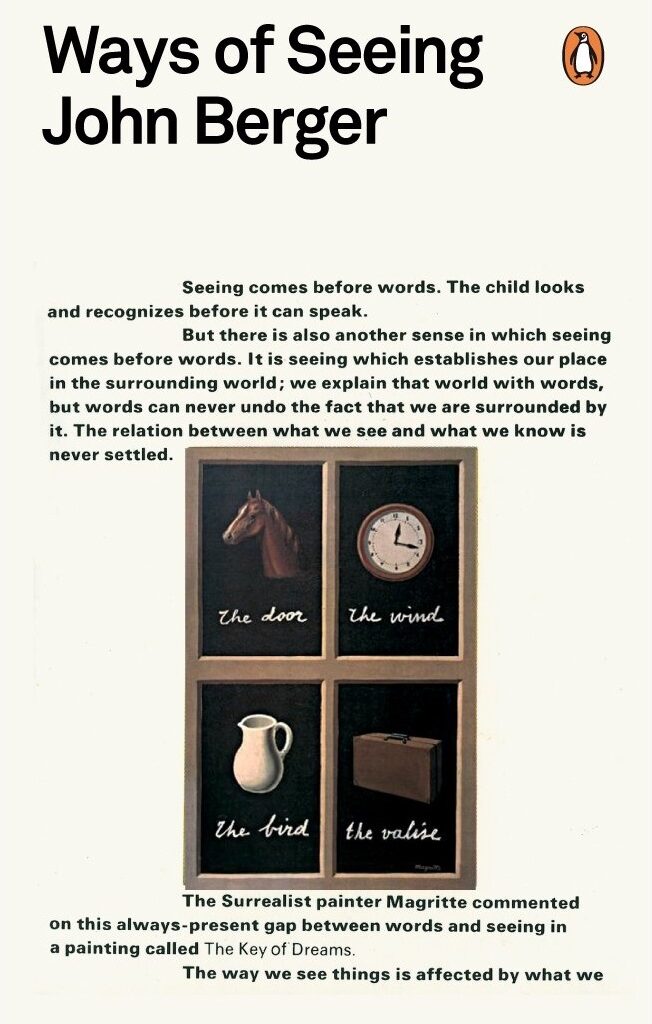
Introduction
Ways of Seeing challenges conventional perceptions of art. John Berger contends that a privileged minority has manipulated our understanding of art to maintain their social and economic dominance. He invites readers to reconsider how they interpret the art they encounter, emphasizing the impact of images on our perception.
Main Characters
Ways of Seeing is not a traditional novel with specific characters. Instead, it consists of seven essays that explore the nature of art and visual perception. The central character here is the reader, as Berger encourages us to question established norms and engage critically with visual culture.
Plot
The book doesn’t follow a linear plot like a novel. However, Berger’s central argument revolves around the impact of images and how they shape our understanding of the world. He discusses how art has been used to maintain power structures and how photography and reproduction challenge traditional notions of authenticity and aura.
Setting
The setting of Ways of Seeing transcends physical locations. It exists within the realm of visual culture, spanning historical periods and various forms of art. Berger’s analysis encompasses paintings, advertisements, and other visual media. The setting is both timeless and ever-evolving, reflecting the ongoing dialogue between art and society.
Themes
Several underlying themes emerge from Berger’s essays:
- Ownership and Reproduction: Berger critiques the fetishization of original artworks and how the ruling class artificially elevates them. He argues that photographic reproduction threatens this aura and challenges the status quo.
- Gender and Representation: In the chapter on the nude, Berger dissects the visual codes that normalize the objectification of women. He highlights how the male gaze perpetuates unequal power dynamics.
- Capitalism and Art: Berger historicizes oil painting, linking its rise to the emergence of capitalism. He contends that oil painting served to depict the philosophical system of capitalism itself.
Conclusion
Ways of Seeing invites readers to question authority, engage critically with visual culture, and recognize the constructed nature of our perception. By challenging established norms, Berger empowers us to see beyond the surface and understand the deeper layers of meaning in art and images.

